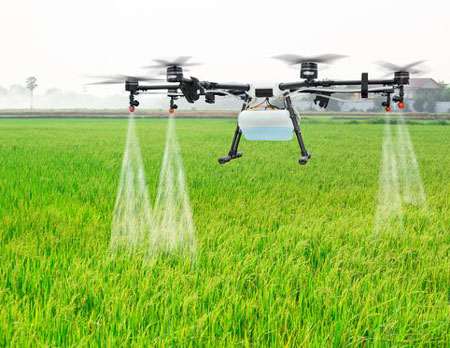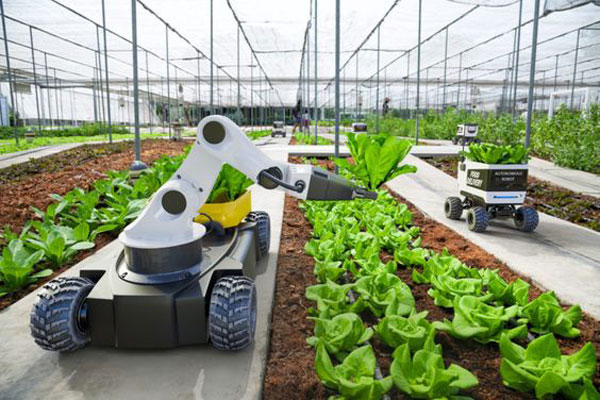Ridge Gourd
Anthracnose
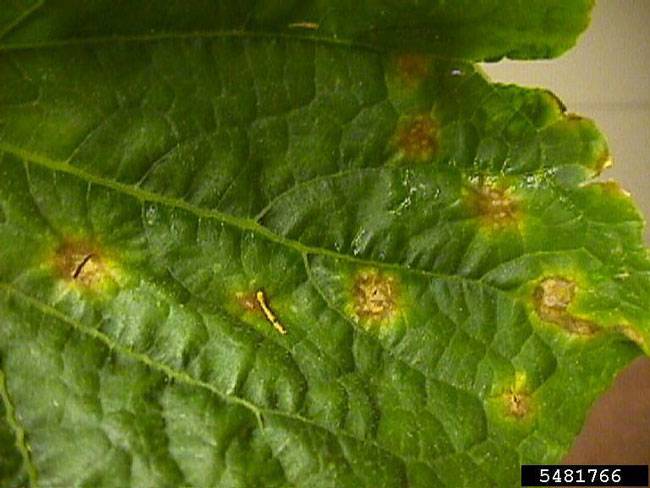
Colletotrichum orbiculare
Fungal Disease
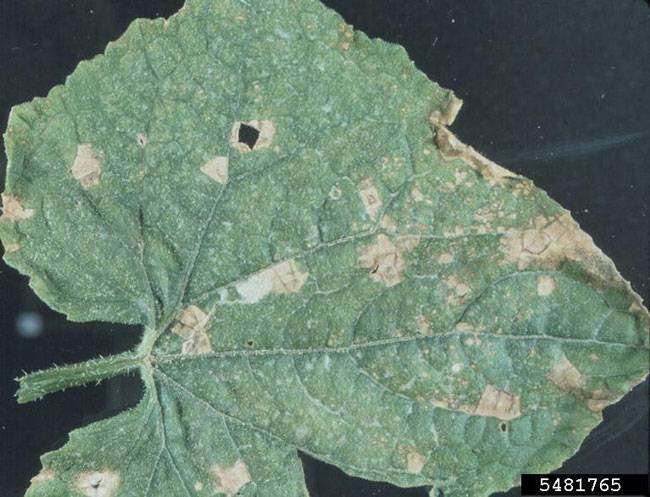
Colletotrichum orbiculare
Fungal Disease
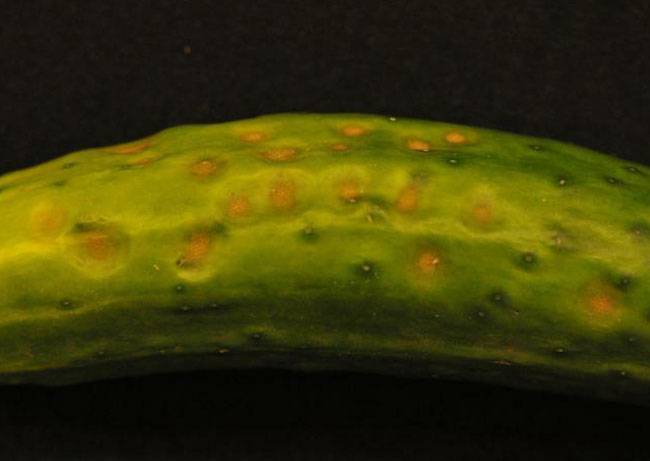
Colletotrichum orbiculare
Fungal Disease
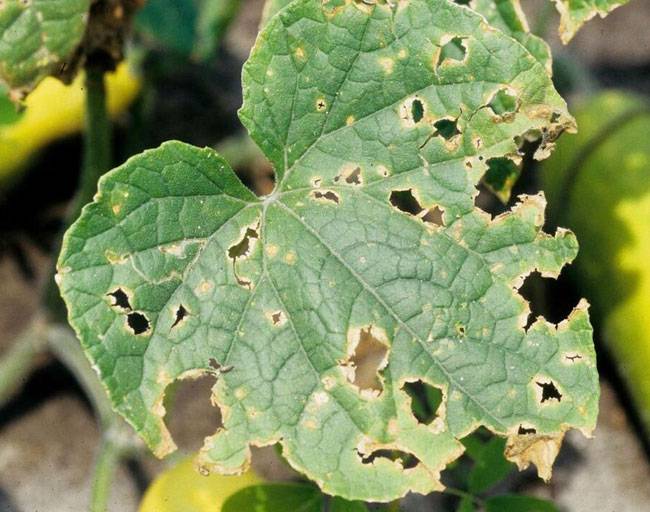
Colletotrichum orbiculare
Fungal Disease
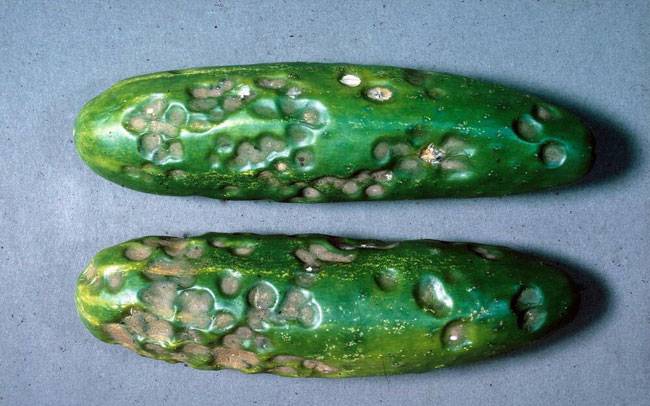
Colletotrichum orbiculare
Fungal Disease
Anthracnose, caused by the fungus Colletotrichum orbiculare, is a significant disease affecting cucumbers and other cucurbit crops, including muskmelon and watermelon. While squash, cantaloupe, and pumpkin are less susceptible, the disease can cause severe damage under favorable conditions. It affects all above-ground plant parts, reducing plant health and yield. Effective management requires understanding its symptoms, lifecycle, and preventive measures.
Symptoms
On Leaves:
- Irregular brown spots with yellow halos.
- Centers of leaf spots may dry out and drop off, leaving a ragged appearance.
- Infected leaves often develop holes.
On Stems and Petioles:
- Brown, circular lesions with yellow edges.
- In resistant varieties, lesions appear tan with green margins.
On Fruits:
- Sunken, black spots measuring 1/4 to 1/2 inch across and 1/4 inch deep.
- Lesions on fruit can lead to further decay and reduced marketability.
Disease Development
- Cause: The fungal pathogen Colletotrichum orbiculare.
- Favorable Conditions:
- Warm temperatures between 18°C and 27°C.
- Prolonged periods of leaf wetness (16 hours or more).
- High humidity and moisture promote fungal growth and spread.
- Lifecycle:
- The fungus survives in infected plant debris and seeds.
- Spores are dispersed through rain splash, wind, and movement in wet fields.
Impact on Crops
- Leaves: Severe spotting and defoliation reduce photosynthetic activity.
- Fruits: Infections lead to unmarketable produce due to sunken spots and decay.
- Overall Yield: High disease severity can result in significant losses, particularly in warm, moist climates.
Management Strategies
Crop Rotation:
- Rotate crops to prevent planting cucurbits in the same location for at least three years.
Field Practices:
- Avoid working in wet fields to reduce the spread of spores.
- Remove and destroy infected plant debris.
Cultural Controls:
- Provide adequate spacing for airflow to reduce leaf wetness.
- Use disease-resistant cucumber varieties where available.
Chemical Controls:
- Apply fungicides as a preventive measure during high-risk periods.
Anthracnose is a persistent challenge for cucumber growers, but effective cultural and chemical management can significantly mitigate its impact. By recognizing the symptoms early and adopting best practices, farmers can protect their crops, ensuring healthy growth and productive yields. Proactive measures, such as crop rotation and proper field hygiene, are key to long-term success against this destructive fungal disease.
Image Source: Plantvillage.


